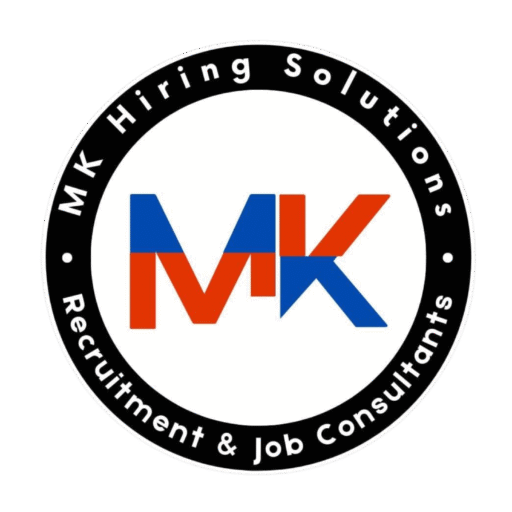In today’s competitive job market, a well-written resume is your ticket to standing out. Whether you’re a seasoned professional or a recent graduate, a strong resume is essential to landing interviews and moving forward in your career. This guide walks you through everything you need to know about creating a powerful, professional resume.
What Is a Resume?
A resume is a formal document that outlines your work experience, education, skills, and accomplishments. It serves as a snapshot of your professional background and is typically the first impression you make on a potential employer.
A good resume is more than a list of jobs—it’s a strategic tool that communicates your value and suitability for a specific role.
Why a Great Resume Matters
Hiring managers often spend less than 10 seconds scanning a resume before deciding whether to keep reading. In such a short time frame, your resume must highlight the most relevant and compelling information about you.
An effective resume:
Grabs attention quickly
Highlights your achievements
Matches your qualifications with the job description
Shows your professionalism and attention to detail
Key Components of a Resume
Each section of your resume serves a purpose. Here’s a breakdown of what to include:
- Contact Information
At the very top, list your:
Full name
Phone number
Email address
LinkedIn profile or personal website (if applicable)
City and state (optional)
- Professional Summary or Objective
This brief statement summarizes your experience and what you bring to the table. For experienced professionals, use a Professional Summary. For students or career changers, a Career Objective may be more appropriate.
Example (Professional Summary):
“Results-driven marketing specialist with 5+ years of experience creating compelling campaigns. Proven track record in increasing engagement and ROI.”
Example (Objective):
“Seeking a junior graphic design position to apply creative skills and hands-on experience gained through internships and freelance projects.”
- Work Experience
This is the most critical part of your resume. List your jobs in reverse-chronological order. For each role, include:
Job title
Company name and location
Dates of employment
Bullet points describing your responsibilities and achievements
Tips:
Use strong action verbs (e.g., “developed,” “implemented,” “increased”)
Focus on accomplishments, not just tasks
Quantify results whenever possible (e.g., “Increased sales by 25% over six months”)
- Education
Include your most recent or relevant degrees. List:
Degree title
University name and location
Graduation date (or expected date)
If you’re a recent graduate, you can also include relevant coursework, honors, and GPA (if above 3.5).
- Skills
Highlight both hard and soft skills that are relevant to the job. Organize them into categories if needed.
Examples:
Technical Skills: Adobe Photoshop, SQL, Excel
Soft Skills: Communication, Time Management, Problem-Solving
- Certifications and Awards (Optional)
If you have relevant certifications or awards, include them in a separate section. This adds credibility and demonstrates commitment to your field.
Resume Formats: Which One Should You Use?
Choosing the right resume format can help emphasize your strengths.
Chronological
This format lists your work experience in reverse order. It’s ideal for people with a steady career path in the same industry.
Functional
This format emphasizes skills over work history. It’s suitable for career changers, freelancers, or those with gaps in employment.
Combination
A hybrid of chronological and functional, this format is great for professionals who want to highlight both skills and a solid work history.
Tips for Writing a Resume That Stands Out
Tailor your resume for each job application by using keywords from the job description.
Keep it concise—one page is ideal for most professionals, two pages for those with extensive experience.
Use a clean, professional layout with consistent fonts and spacing.
Avoid clichés like “hardworking” or “team player” unless supported by specific examples.
Proofread carefully to eliminate typos and grammatical errors.
Common Resume Mistakes to Avoid
Using one generic resume for every application
Including irrelevant or outdated information
Overloading with buzzwords or technical jargon
Not showing measurable achievements
Using an unprofessional email address
